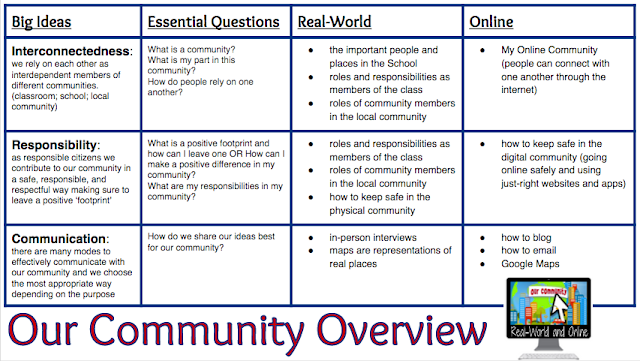Students in Miss Kumar's class chose an extreme weather from six different options and followed a QR Code Quest to learn more information about their extreme weather. In order to complete their quest for information they had to:
- scan a QR code with a video about their extreme weather
- write down 1-2 observations from the video
- scan a QR code to access PebbleGo and login to find the eBook about their extreme weather
- write down 1-2 facts from the book
- scan a QR code with directions on what to do with their researched information
- create a product on their ipad (using Pic Kids, Book Creator, Yakit, or Doodlecast Pro) sharing what they learned
Students were engaged throughout the process and all students learned at least one new piece of information about their extreme weather from their QR Code Quest!
Resources Used:
- YouTube videos of extreme weather
- PebbleGo
- BrainPop
- Handout created by teacher




















